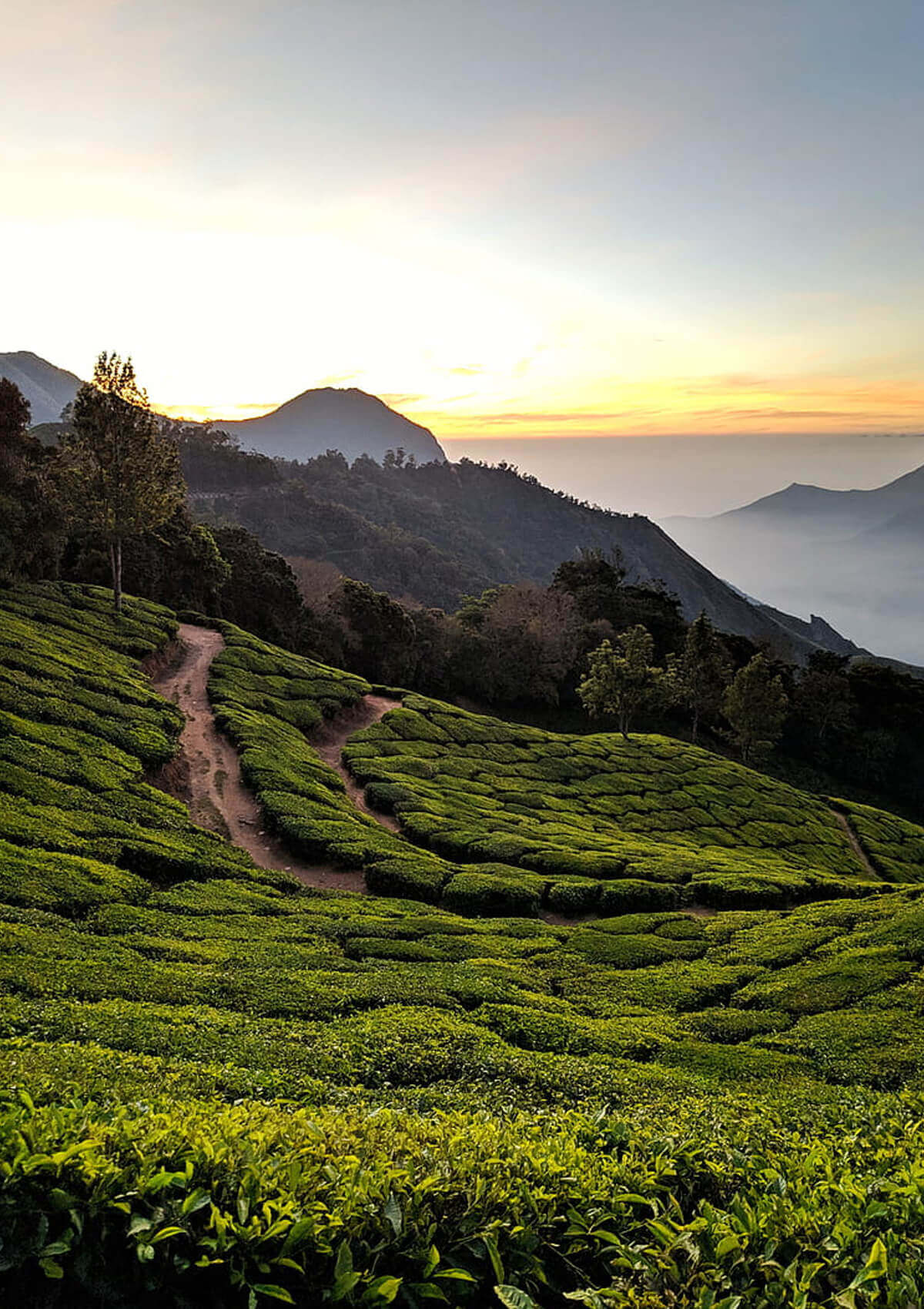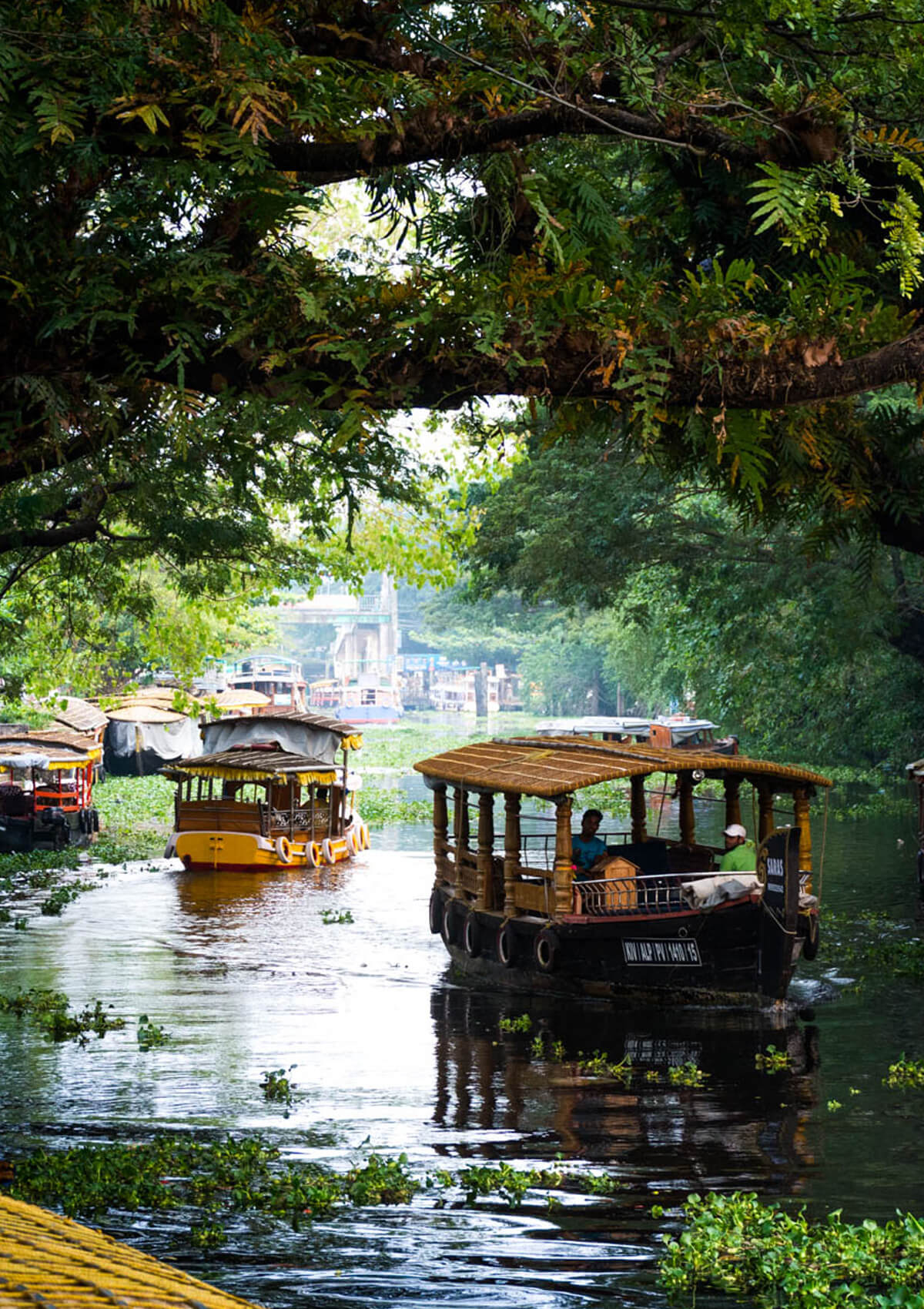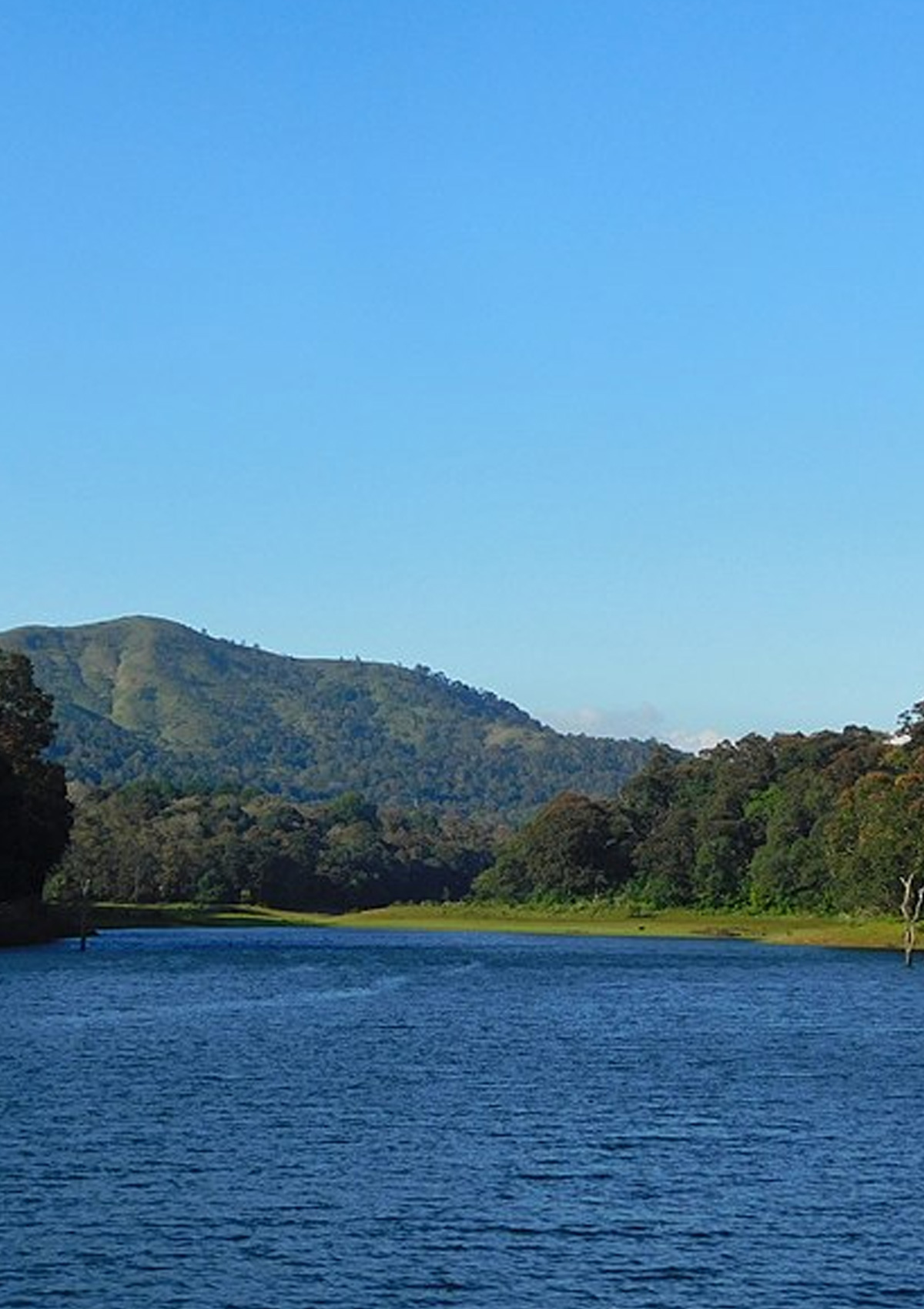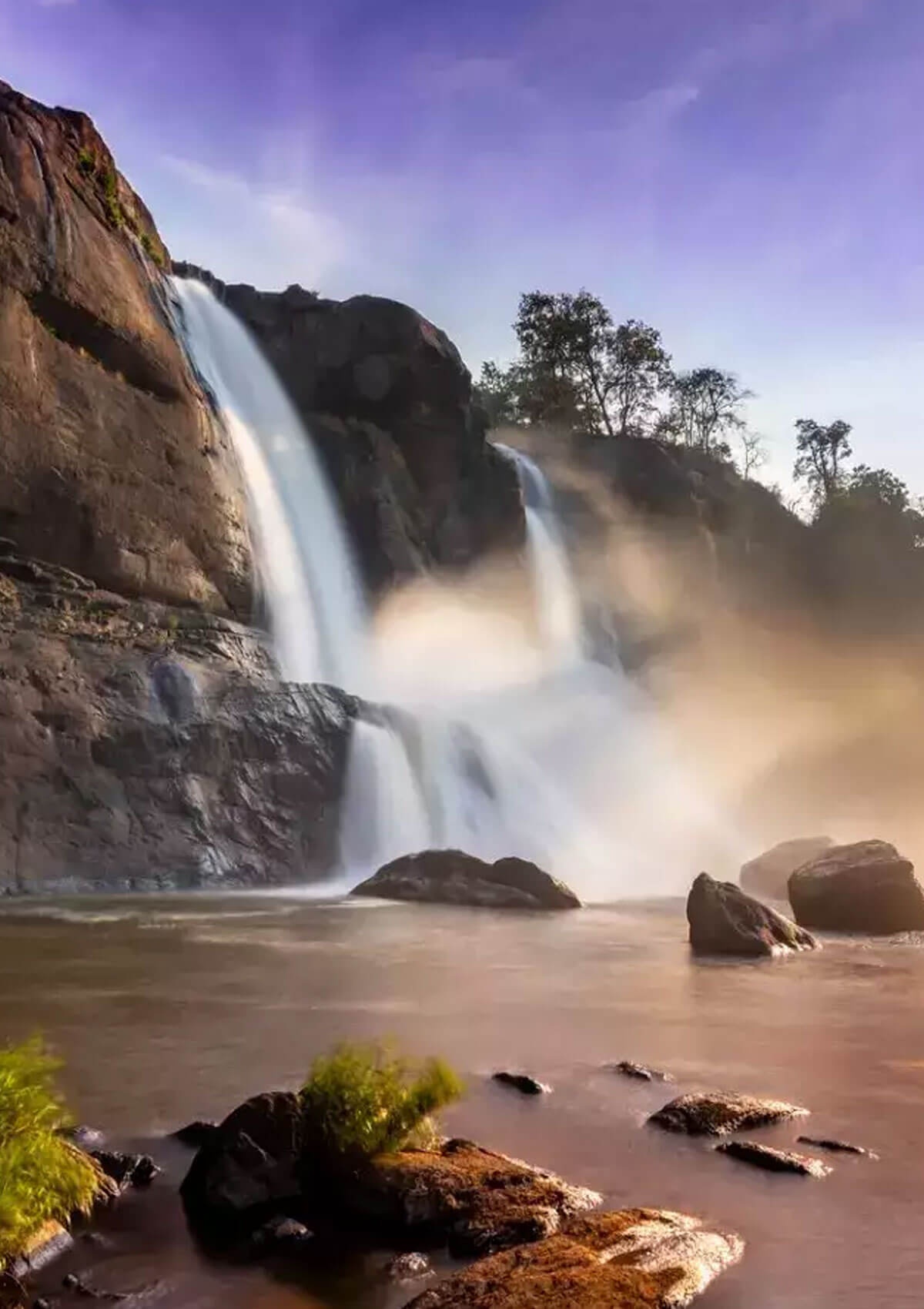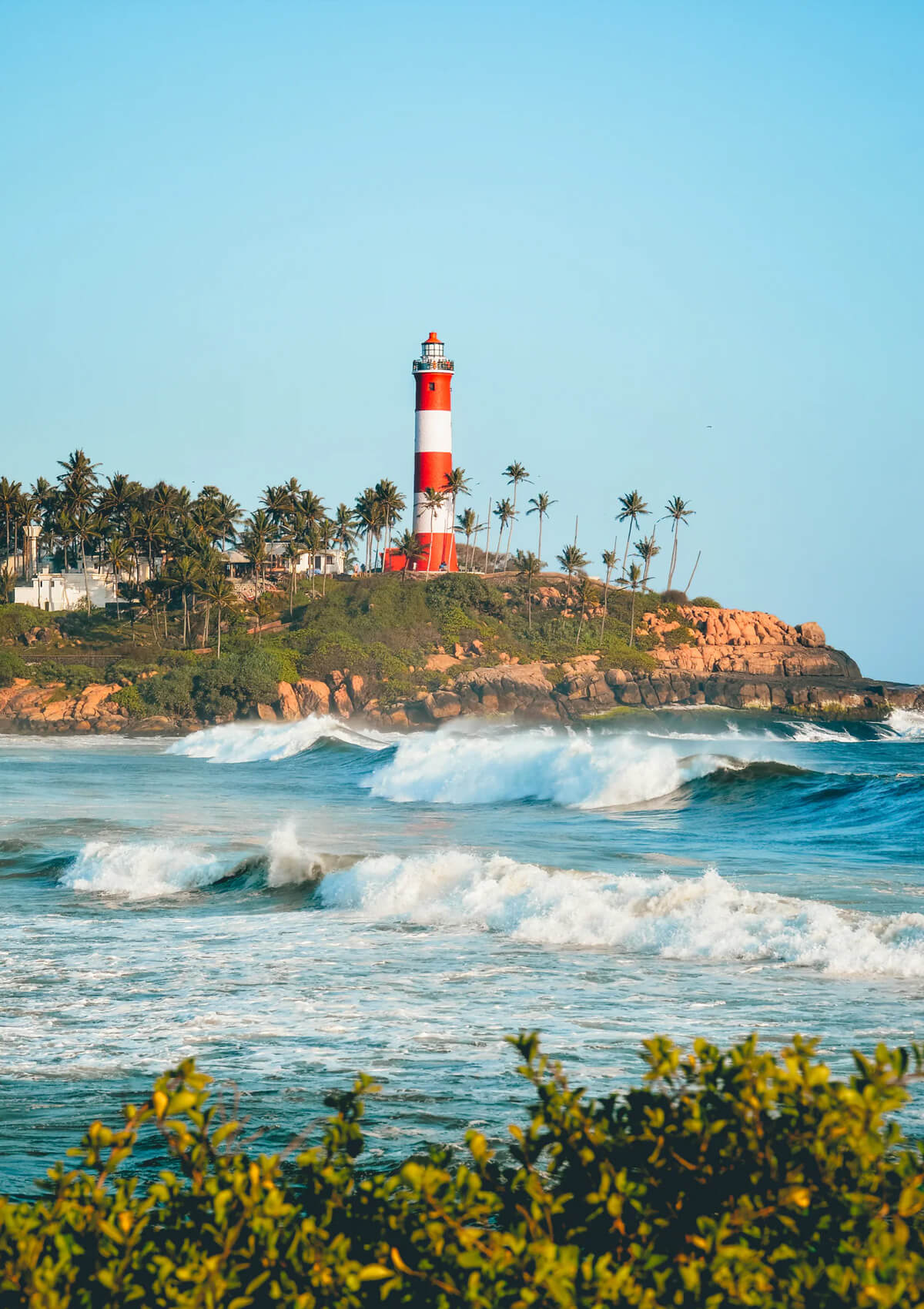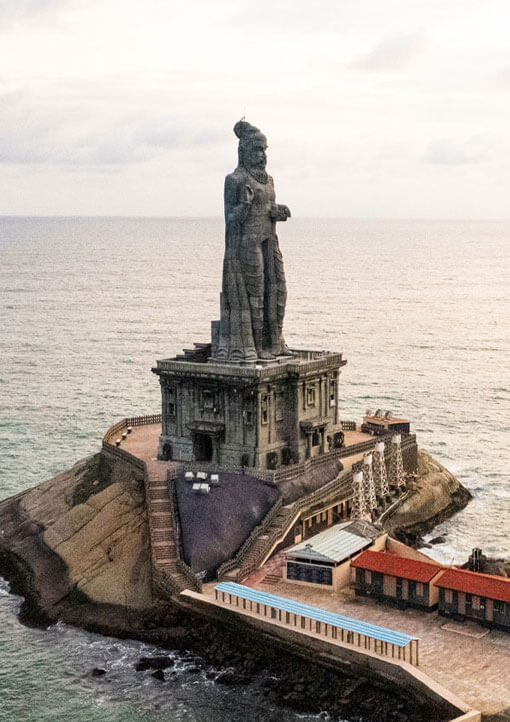Kuruvadweep or the ‘Kuruva Island’ is a cluster of scenic islets in the Kabini River in
Wayanad. Spread across 950acres, most of these islets are still uninhabited. Owing to this,
these group of islands has become a sprawling ground for many rare and exotic flora and
fauna. Availability of food in these islands also attract a large number of local and
migratory birds including hornbills, varieties of parrots, and others. Kuruvadweep is also a
prismatic home to a range of butterfly species.
Encircled by the Kabini River and other streams, Kuruva Island can be accessed only by means
of boats. Kerala Tourism Department runs fibre boat and raft for the visitors to reach this
island. Also, in order to visit this island, visitors need to acquire entry permit from the
local forest officials.
Once into the island with required permission, visitors can go for trekking, bird watching,
and wildlife spotting within Kuruvadweep. The island has a nearby picnic spot that attracts
a major chunk of the crowd.
1. By Road:
Kuruva Island can be accessed only by boat rides from Kalpetta. Visitors can reach Kalpetta from almost most of the major tourist destinations in Kerala. Also, this tourist town is well-connected with National Highway 766 that connects Mysore and Kozhikode.
2. By Train:
To reach Kuruvadweep by train, one should book a journey till the Nilambur Railway Station, which is around 41km from Kalpetta. Once at the railway station, visitors can hire private cabs or take the regular buses to Kalpetta; following this, a short boat ride can take them to Kuruva Island.
3. By Air:
Kalpetta does not have its own airport. Calicut International Airport, which is around 51km from Kalpetta, serves as the closest airport to reach Kuruvadweep by air. From the airport, visitors should take a road journey to reach Kalpetta first. On arrival at the town, visitors can take a boat ride to reach their favourite island.
December to April (late) – Best Time:
With the arrival winters, temperature across the islands start dipping with the atmosphere getting crispier than the other times. Also, as this is the migratory season for the birds, the island witness an overwhelming population of local as well as migratory birds in this season. Other dwellers of the island also comes out often in search of food and water. This makes winter the best time to go for wildlife spotting within the island.
